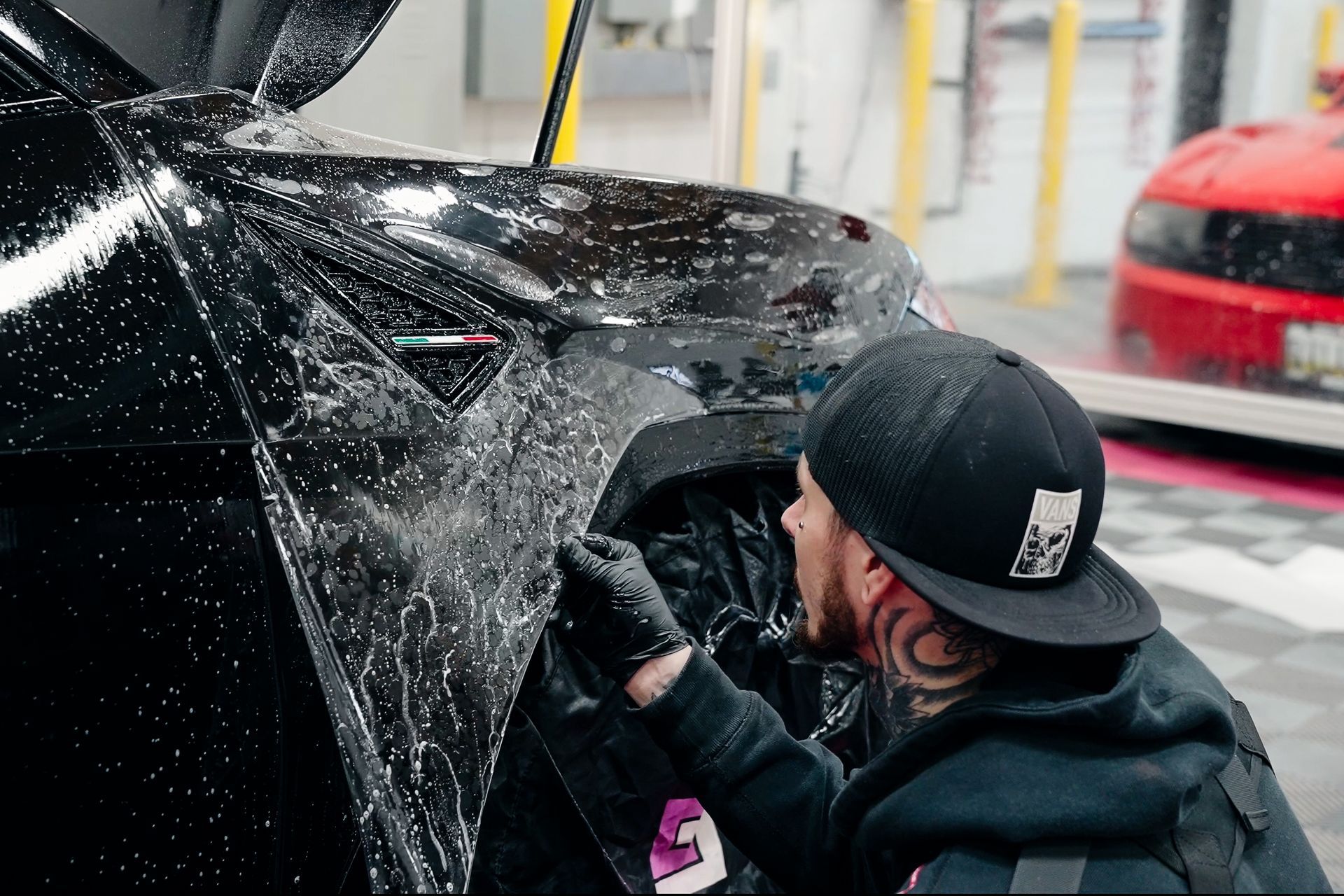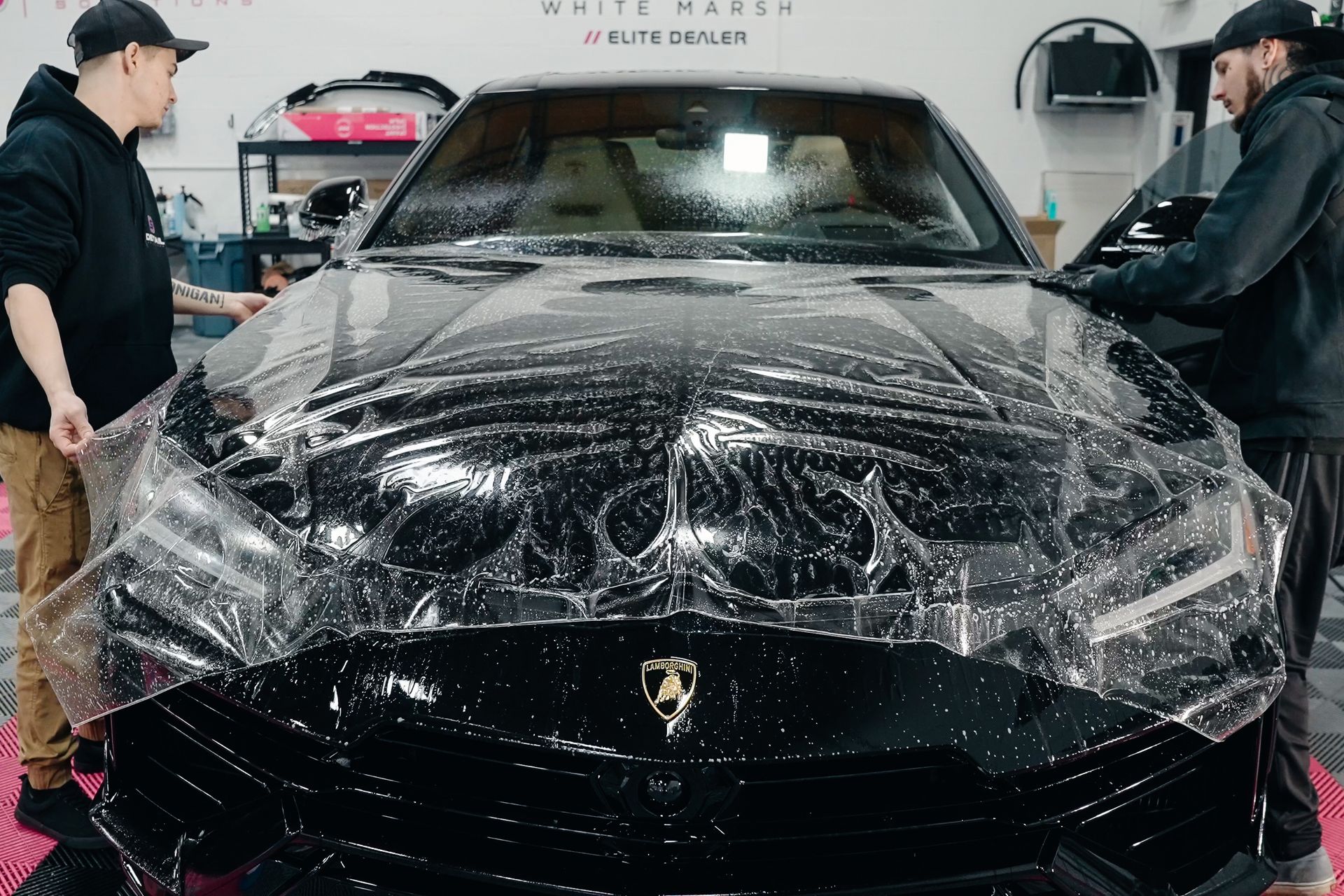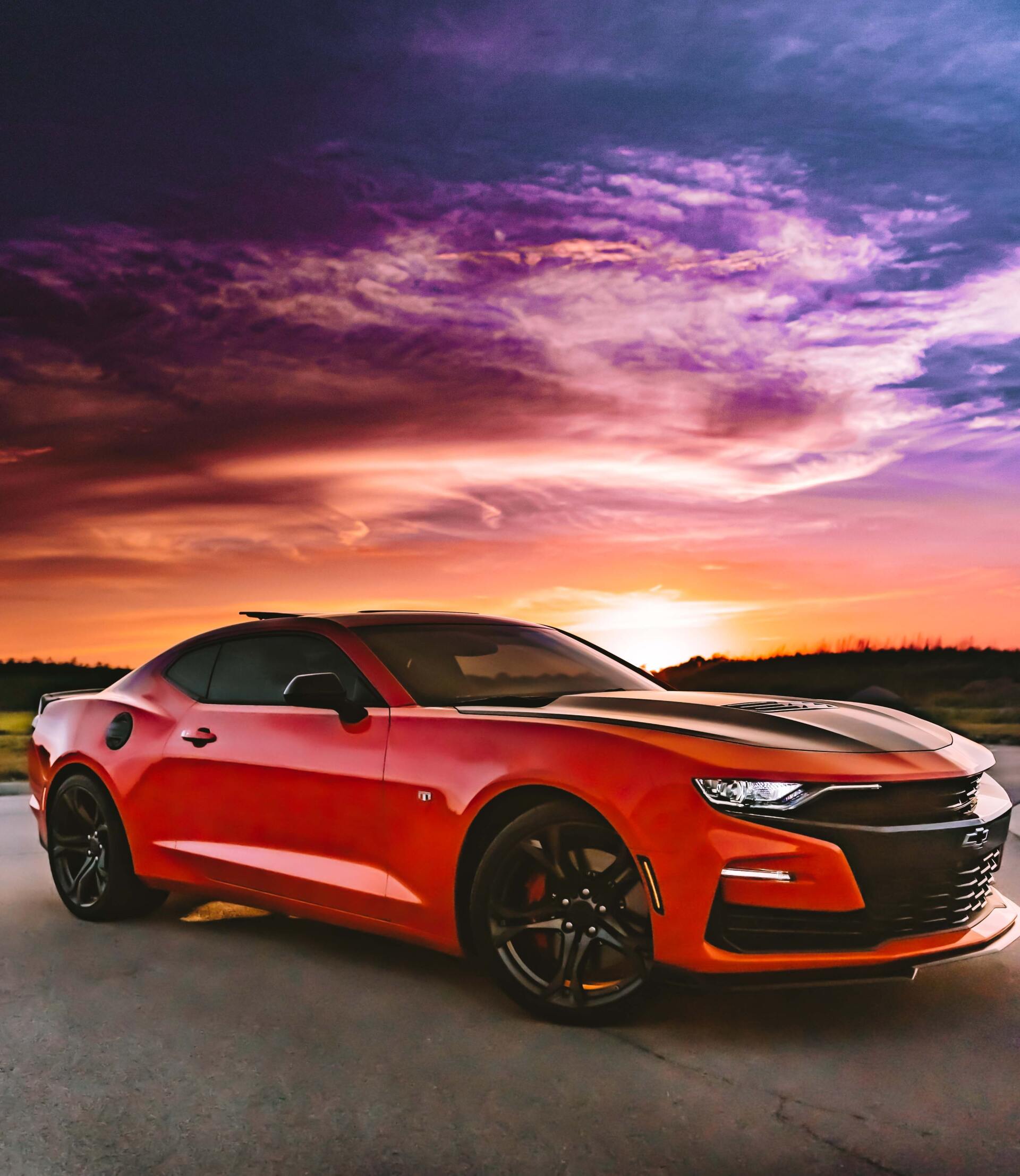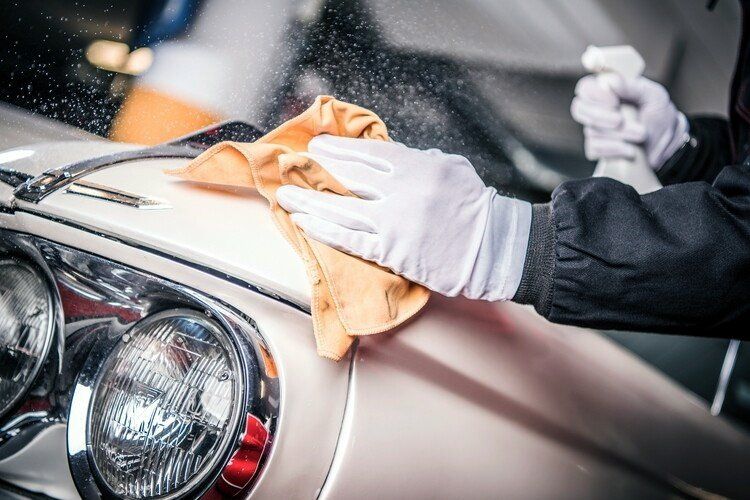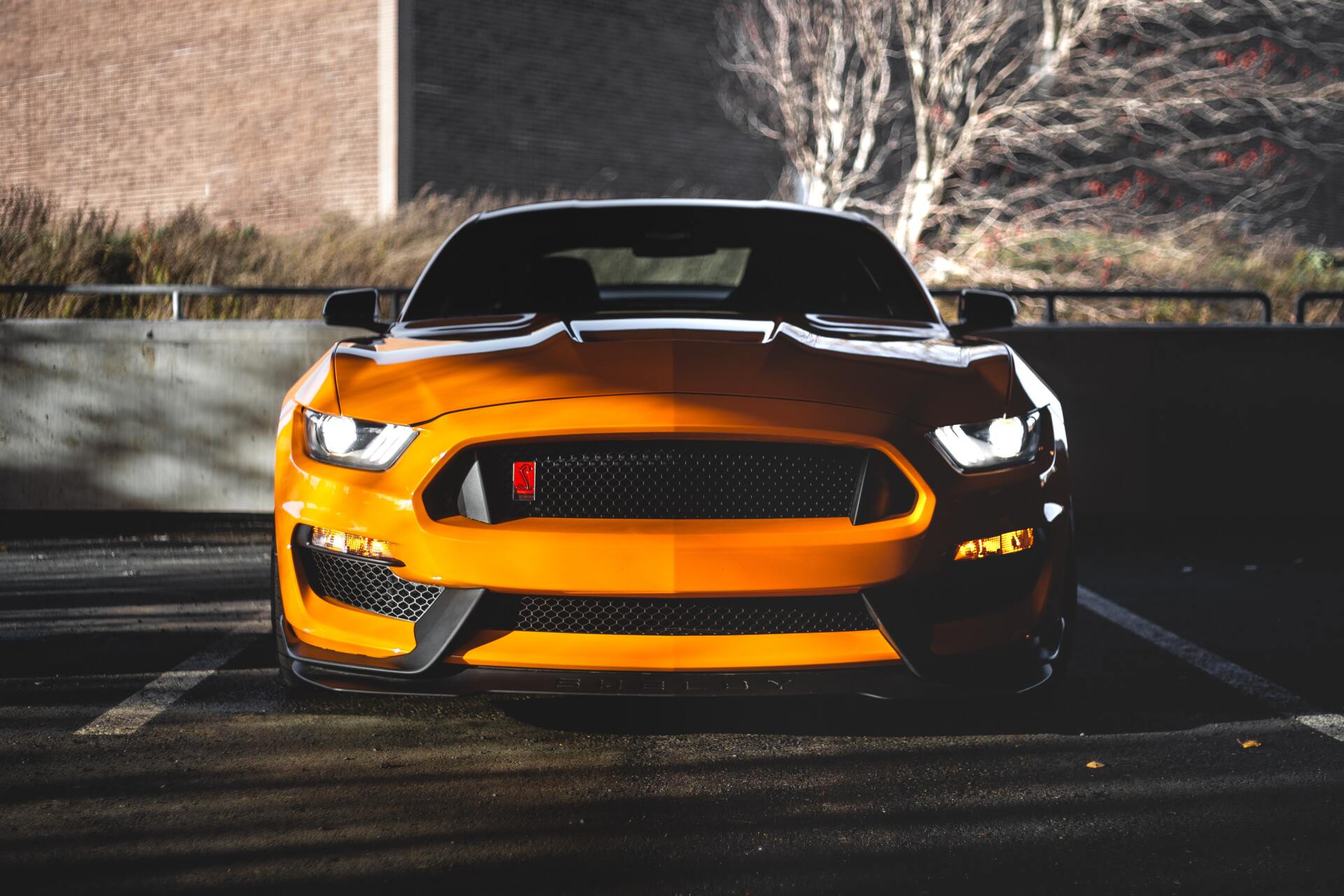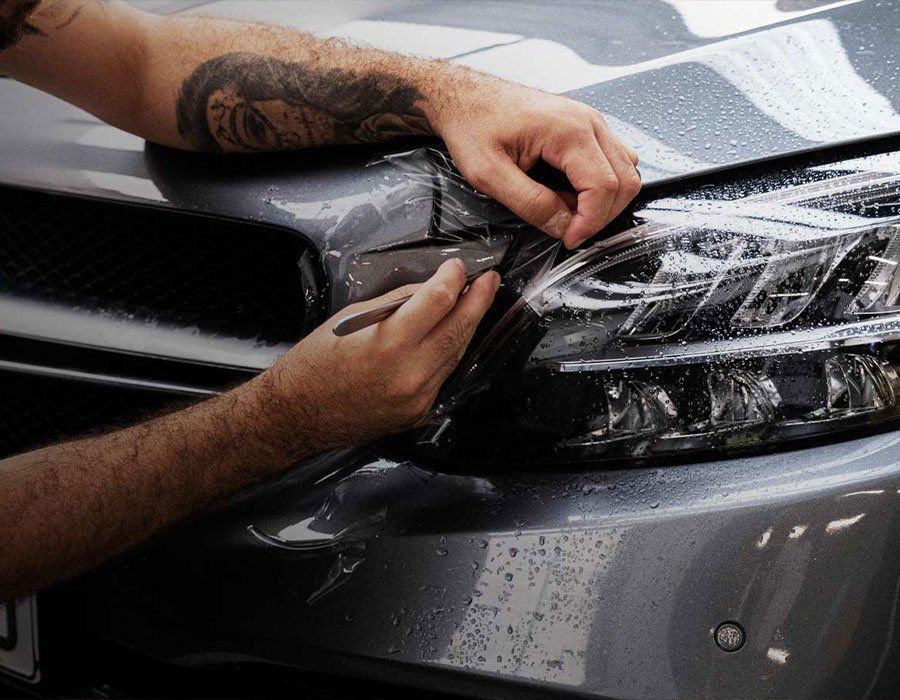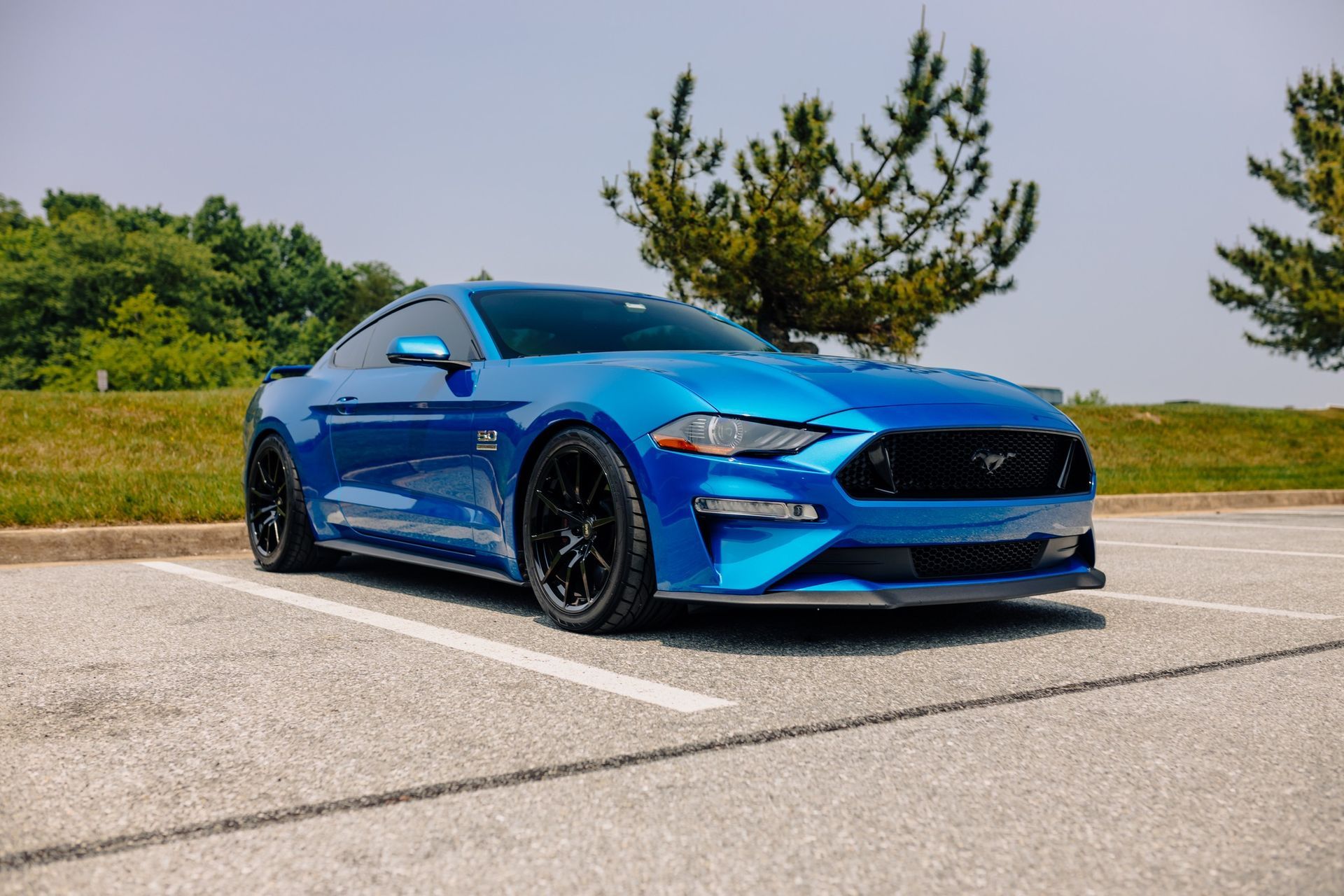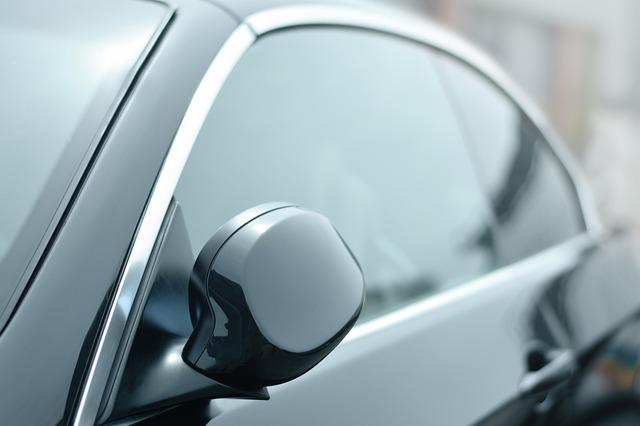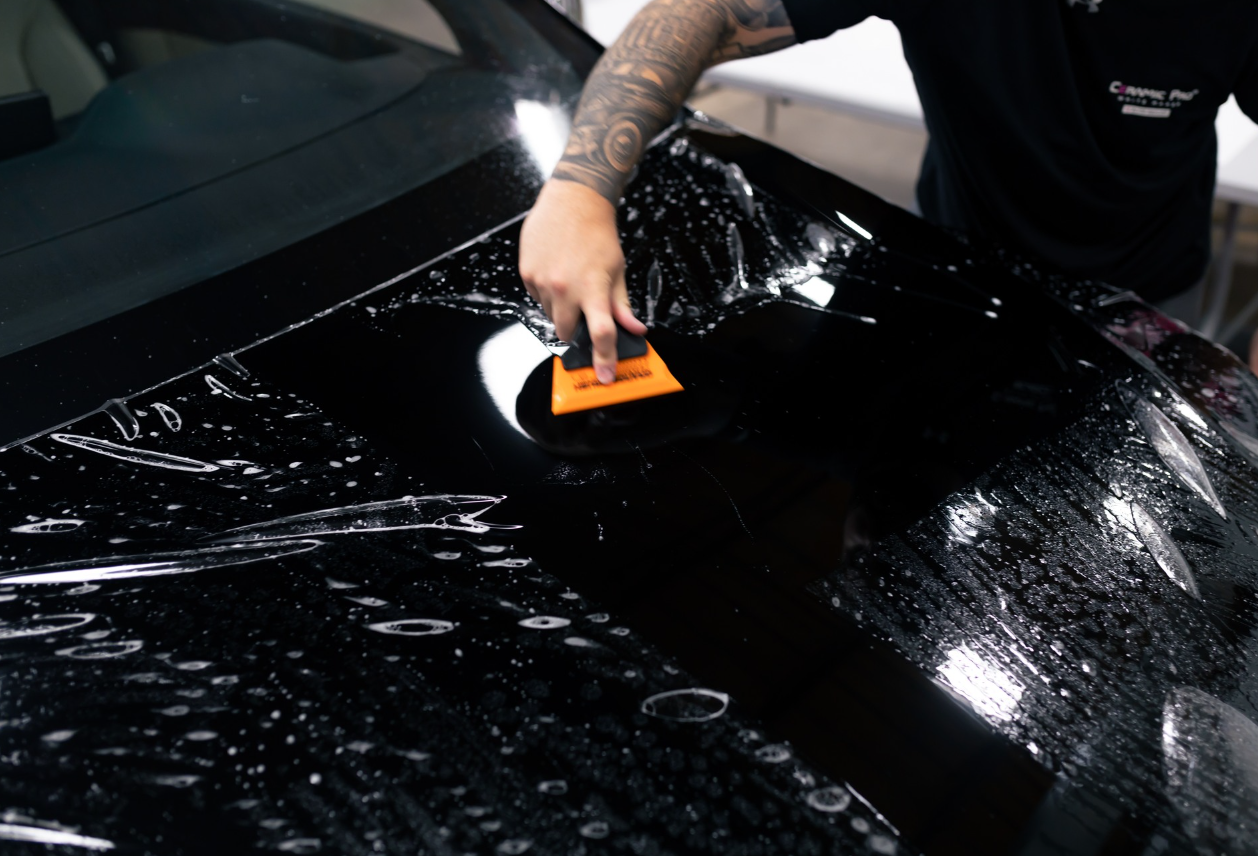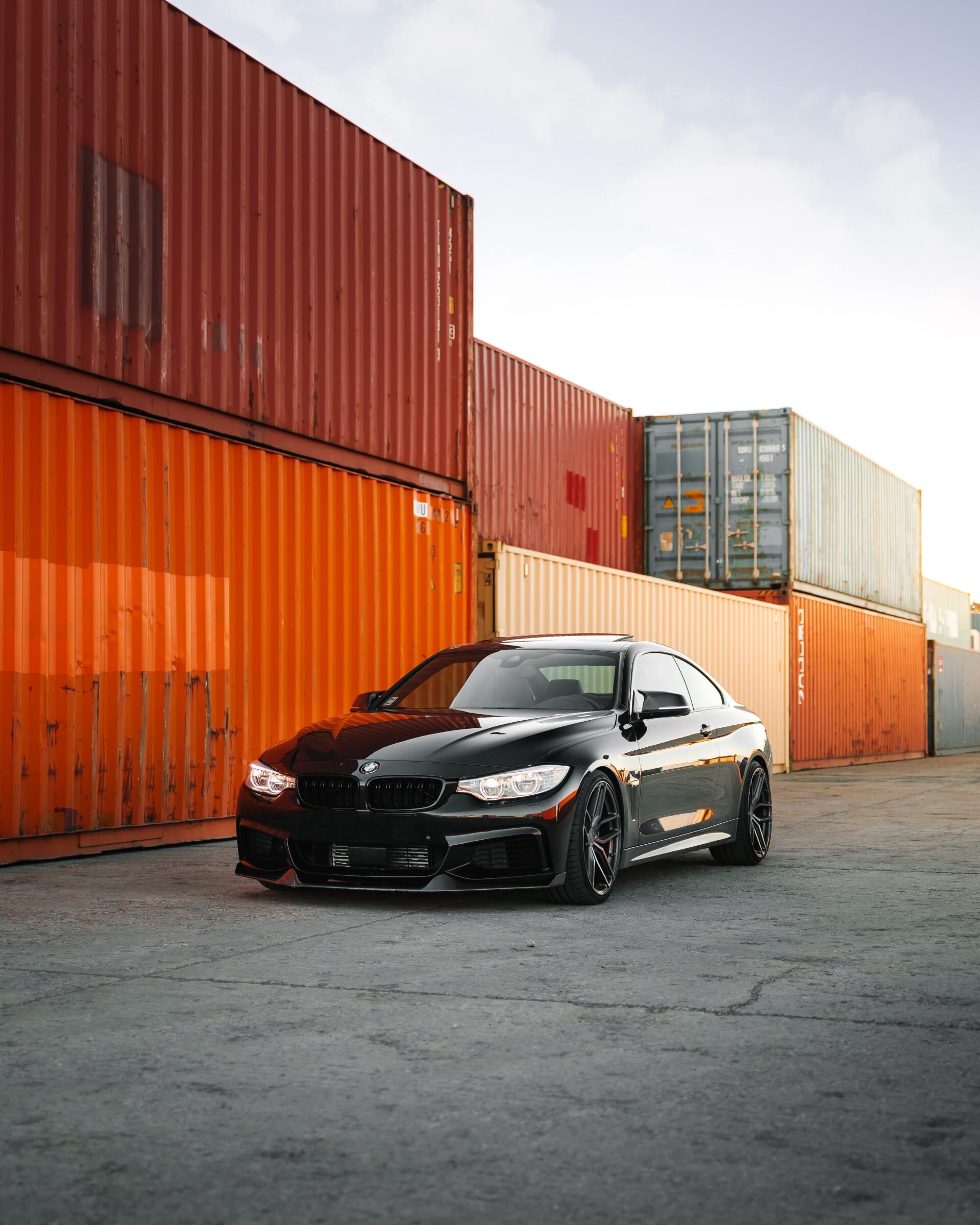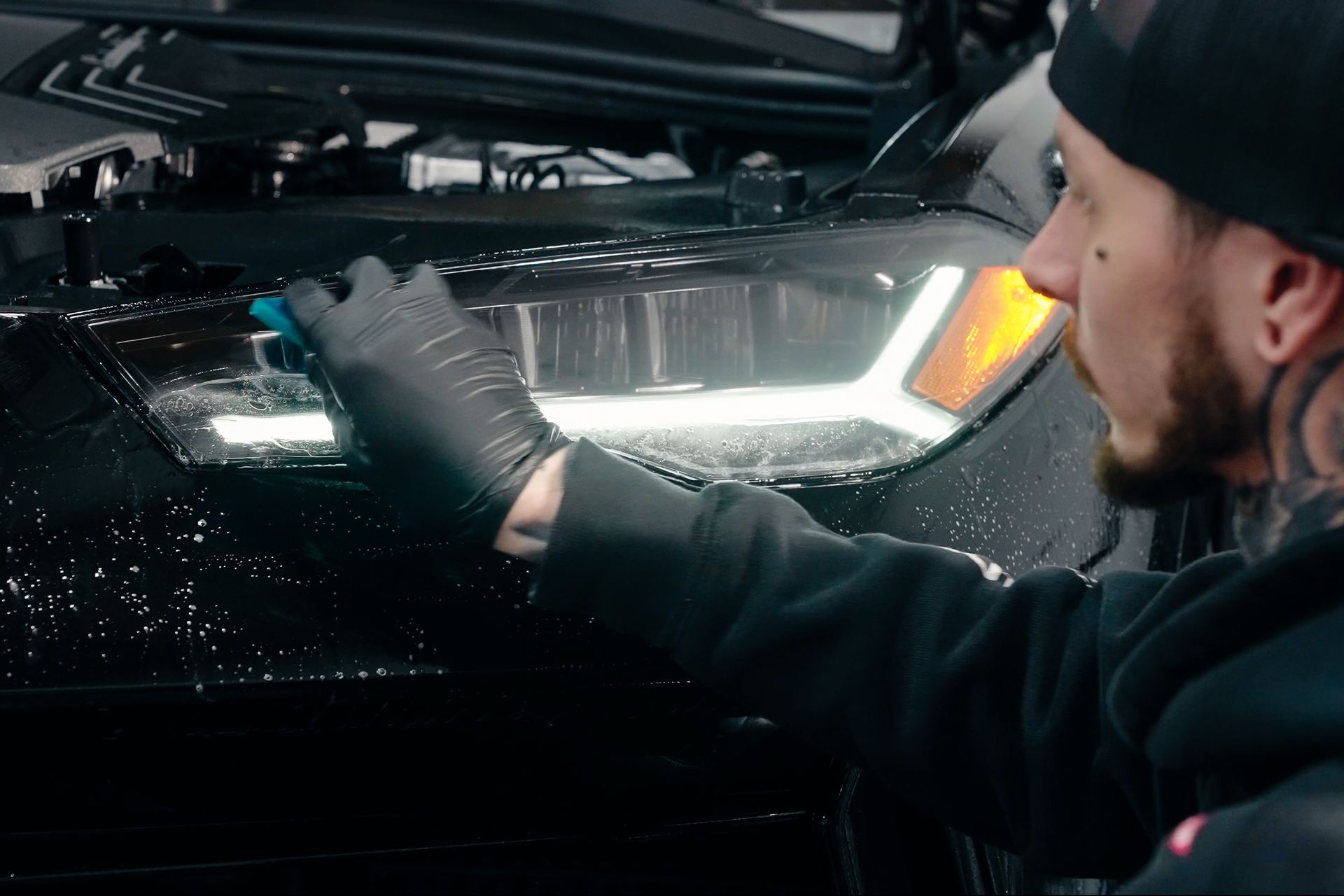Choosing the Right Thickness of Paint Protection Film for Your Car: A Comprehensive Guide
When it comes to protecting your car's paint job from everyday wear and tear, choosing the right thickness of paint protection film is key. Striking a balance between robust protection and manageable installation can be challenging but immensely rewarding. Imagine cruising down highways or detailing your car in the garage—knowing it's adequately protected brings peace of mind. Many car enthusiasts often overlook how much clarity, self-healing capabilities, UV resistance, and overall durability play pivotal roles in selecting the appropriate film thickness. Exploring these elements can reveal how each contributes to preserving your vehicle’s aesthetic appeal while ensuring optimal defense against damage.
The optimal thickness of paint protection film (PPF) for cars typically ranges between 203 μm (8 mil) and 229 μm (9 mil). This thickness provides robust protection against rock chips, scratches, and surface corrosion while ensuring the film can be wrapped effectively around corners and edges.
Key Attributes of Paint Protection Film
When it comes to protecting your car's paint, not all films are created equal. Let's break down the essential qualities you should look for when choosing a paint protection film to ensure that your vehicle gets the best possible care.
- Clarity and Transparency: Putting a protective film on your car only to find out it makes your vehicle look fuzzy or blurry defeats the purpose of preserving its visual appeal. A high-quality paint protection film should be nearly invisible when applied correctly, maintaining the car's original appearance. The film's clarity depends on the material's technology and manufacturing process. Look for a PPF that offers exceptional transparency, almost as if there's no film at all.
- Self-Healing Properties: Modern paint protection films with self-healing capabilities can eliminate the annoyance of seeing minute scratches and swirl marks by making those minor blemishes vanish when exposed to heat or sunlight. This magical feature ensures that your car remains blemish-free over time, maintaining its pristine appearance without needing constant touch-ups or repairs. Some might argue that self-healing properties could increase the cost of the film, but consider the long-term savings from not having to deal with continuous touch-ups or repairs due to minor scratches.
- UV Resistance: Paint protection films are susceptible to turning yellow over time due to sun exposure, which can ruin both the film and your car's paint. Hence, it's crucial to ensure that the paint protection film has UV-resistant properties. This will help maintain both the film and the car’s paint in pristine condition, preventing any unsightly discoloration over time.
- Durability: The lifespan of a paint protection film can vary, typically ranging between 5 and 10 years. Opting for a longer-lasting film provides extended protection against road debris, minor impacts, and environmental contaminants. A durable film means prolonged peace of mind knowing that your car's paint is shielded from everyday wear and tear for an extended period.
By paying attention to these key attributes of paint protection film, you can ensure that your vehicle receives the best protection while maintaining its original appearance for years to come. Always keep in mind that each quality contributes significantly to preserving your car’s aesthetic appeal and durability—a worthwhile investment in safeguarding your vehicle's value and beauty.
Evaluating Thickness Variants
The thickness of paint protection film is a critical factor that influences its protective capabilities and overall performance. A paint protection film is commonly available in a range of thicknesses, typically from 6 mils (150 microns) to 10 mils (250 microns). Thicker films generally offer better protection against road debris, scratches, and minor impacts, but they may pose challenges during installation, especially on vehicles with complex curves. A thickness of 8 mils (203 microns) strikes a balance between protection and ease of installation. It is well-suited for most general applications, offering strong defense against common road hazards such as small stones, gravel, and bugs. On the other hand, 10 mils (250 microns) provides maximum protection, particularly in high-impact areas like the front bumper and hood. However, the installation of this thicker film may require professional expertise due to its increased difficulty.
When deciding on the appropriate thickness for your paint protection film, it's essential to consider your specific driving habits and environmental conditions. Vehicles used extensively for daily commutes or frequent highway driving may benefit from the added robustness of thicker films. Conversely, lighter-driving vehicles or those predominantly used in low-impact urban areas may suffice with standard thickness options. A thorough analysis of your unique driving habits and the environmental factors that your vehicle frequently encounters should inform the choice of paint protection film thickness. Understanding the trade-offs between different thickness variants allows you to select the most suitable PPF for your unique driving needs, ensuring optimal protection while considering installation practicality and long-term durability.
Protective Strength and Layering
When it comes to safeguarding your car's paint against all the perils of the road, the protective strength and layering of the paint protection film are crucial considerations. Single-layer applications provide a good level of defense against light wear and tear, including minor chips and scratches, as well as protecting your vehicle from harmful UV rays. However, for those seeking enhanced durability and comprehensive protection, a multi-layer approach may be the way to go.
Multi-layer protection involves combining paint protection film with ceramic coatings or other coatings to create a fortified shield for your vehicle. This layered defense not only significantly increases resistance to severe weather conditions, bird droppings, and chemical spills but also provides an additional barrier against road debris and minor impacts that single layers might struggle with. Keep in mind that while this approach delivers a higher level of protection, it also adds a degree of complexity to the installation process.
Given the varied environments in which your car operates, be they urban streets or countryside roads, it's important to consider which protective strength and layering option best aligns with your specific needs. While single-layer applications may suit daily city driving, multi-layered protection could better cater to those frequently traveling in areas with rougher terrain or facing harsher climates.
Performance Metrics
To accurately assess the protective qualities of paint protection film variants, it's imperative to dive into their performance metrics. Consider factors such as tensile strength and peel strength, as they play a key role in determining the film's resistance to tearing and its adhesive quality. These critical details are often provided in product datasheets, allowing you to make an informed decision based on quantitative specifications rather than relying solely on qualitative descriptions.
By understanding the protective strengths associated with single and multi-layer PPF applications and becoming familiar with performance metrics such as tensile strength and peel resistance, you'll be well-equipped to make an informed choice that ensures optimal coverage and durability for your vehicle.
Installation Techniques and Tips
When it comes to applying paint protection film, a few critical techniques can make or break the quality of the installation. Whether you opt for a professional installer or choose to take on the task yourself, the following tips will ensure a successful application that provides maximum protection for your vehicle's paint.
Professional Installation vs. DIY
Opting for professional installation guarantees that the paint protection film is applied without bubbles, wrinkles, or misalignment. The expertise and experience of professional installers can make a significant difference in the overall appearance and functionality of the PPF. However, for those who prefer a hands-on approach, DIY kits are available but require meticulous preparation and patience. Keep in mind that DIY installations may come with an element of risk, especially if it's your first time working with paint protection films.
Surface Preparation
Before applying a paint protection film, it's crucial to thoroughly wash and decontaminate the vehicle's surface. Using clay bars and isopropyl alcohol to remove all debris ensures a clean surface for optimal adhesion of the PPF. This step cannot be emphasized enough; any lingering dirt or contaminants can compromise the effectiveness of the paint protection film.
Controlled Environment
The environment plays a critical role in the success of PPF installations. To achieve a flawless result, it's essential to install a paint protection film in a controlled environment free from dust and direct sunlight. The presence of dust particles can lead to imperfections under the film, while direct sunlight can make the film more challenging to work with.
Tools and Equipment
Having the right tools and equipment on hand is non-negotiable. A squeegee, slip solution (soapy water), and a heat gun are indispensable tools for achieving a seamless installation. The slip solution facilitates positioning and adjusting the film during installation, while the heat gun is used to contour the film around curves and edges, ensuring a snug fit without creases or air pockets. It's important to note that proper tools and a suitable environment contribute significantly to the overall finish of the PPF.
Moreover, being well-prepared before diving into the application process can help mitigate potential issues and ensure a smoother experience throughout the installation. A professional paint protection film installation is recommended to ensure a flawless finish!
Reliable Paint Protection Film Installer in Baltimore, MD
Looking for reliable paint protection film installation in Baltimore, MD? Detail Solutions is your trusted choice for safeguarding your vehicle's finish. Our expert technicians use high-quality films to shield your car from scratches, chips, and environmental damage, ensuring it remains in pristine condition. With our commitment to excellence and attention to detail, you can trust us to provide superior protection for your vehicle. Schedule an appointment with Detail Solutions today and give your car the ultimate defense it needs! Call us at (410) 238-3000 to get started!


